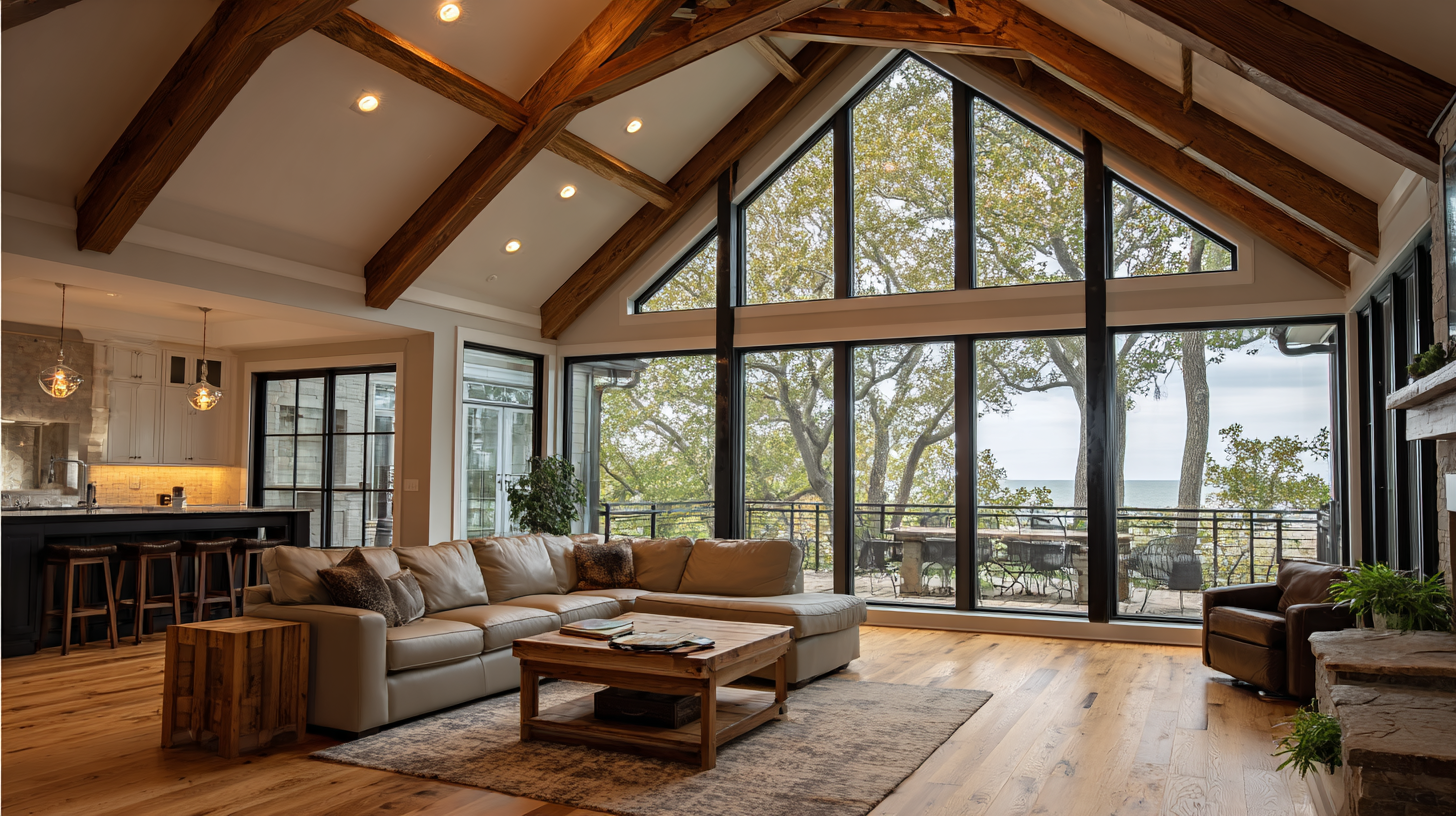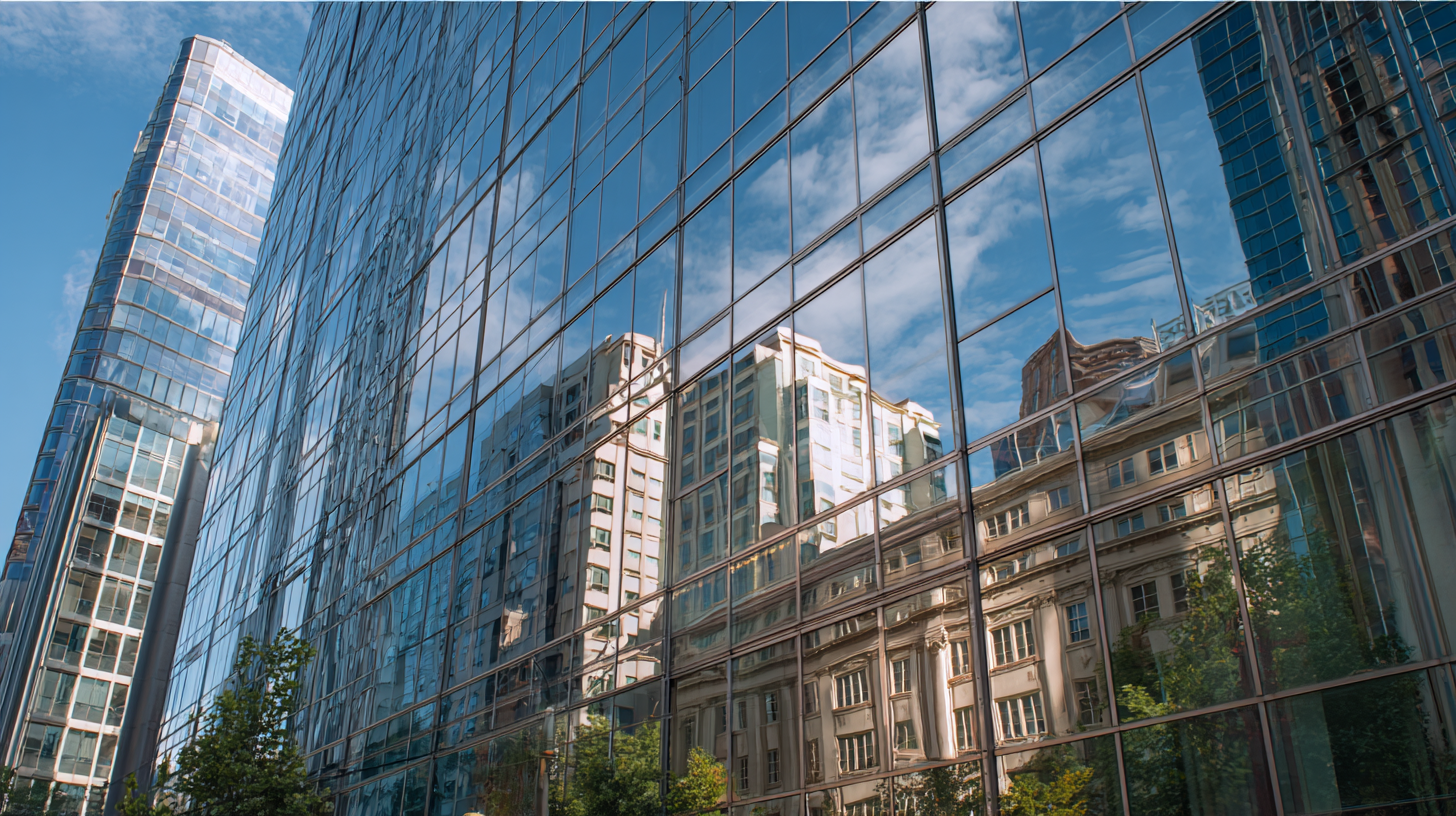
The quest for sustainable building practices has never been more critical, as the effects of climate change demand innovative solutions in energy efficiency. One such breakthrough technology is Insulated Glass, which has transformed the architectural landscape by significantly improving thermal performance and reducing energy consumption in buildings. This advancement not only enhances occupant comfort but also plays a pivotal role in lowering greenhouse gas emissions, thereby promoting a greener future. As we delve into the future of energy efficiency, the integration of Insulated Glass in modern construction represents a crucial step towards achieving building sustainability. By effectively minimizing heat transfer and optimizing natural light, Insulated Glass stands at the forefront of revolutionizing how we design and operate buildings in an era where energy conservation is paramount.

Insulated glass has emerged as a critical component in advancing energy efficiency in modern buildings. By enhancing thermal performance, insulated glass units significantly reduce the amount of heat transfer between the inside and outside of a structure. This is essential for maintaining comfortable indoor temperatures while minimizing the reliance on heating and cooling systems. Recent developments have shifted the focus from cost-effective window designs to high-performance options that enhance sustainability and energy efficiency. As standards for residential developments increasingly emphasize environmental impact, insulated glass plays a vital role in meeting these requirements.
Furthermore, the performance of double and triple glazed windows illustrates the effectiveness of insulated glass in achieving energy efficiency. Research indicates that these windows can substantially mitigate solar heat gain and improve cooling effects, addressing significant challenges in building design. With the integration of advanced materials and innovative manufacturing techniques, modern insulated glass not only meets but often exceeds energy code requirements, ensuring compliance without sacrificing aesthetic appeal. This evolution within window design represents a crucial step toward sustainable building practices and reflects a broader trend where energy efficiency is paramount in residential and commercial developments.

Insulated glass plays a pivotal role in enhancing building performance and sustainability by providing superior thermal efficiency and reducing energy consumption. Unlike traditional single-pane windows, insulated glass units consist of multiple panes separated by an inert gas, significantly improving their ability to retain heat in the winter and keep interiors cool during the summer. This advanced technology not only increases the overall comfort for occupants but also lowers the demand for heating and cooling systems, contributing to a decrease in greenhouse gas emissions.
Furthermore, the use of insulated glass in building designs aligns with global sustainability goals by minimizing the reliance on non-renewable energy sources. By improving energy efficiency, structures equipped with insulated glass help mitigate the urban heat island effect, improving local climates and enhancing the livability of cities. Additionally, the durability and longevity of insulated glass reduce the need for replacement and maintenance, promoting resource conservation. As a result, the integration of insulated glass into architectural practices not only enhances building performance but also plays a crucial role in a sustainable future for urban environments.
When integrating insulated glass into building design, architects must consider several essential factors that influence both aesthetics and functionality. First and foremost, understanding the thermal performance of insulated glass units is crucial. These units often consist of multiple layers of glass separated by an insulating gas, reducing heat transfer and increasing energy efficiency. Designers should assess local climate conditions to select the appropriate insulating properties, optimizing comfort and reducing energy costs for occupants.
Furthermore, the orientation and size of windows significantly impact a building’s overall energy efficiency. Architects should strategically place insulated glass to maximize natural light while minimizing heat gain during warmer months. Utilizing advanced modeling techniques can help predict how changes in window sizing and positioning will affect energy usage. Additionally, attention must be paid to the frame materials and construction methods, as these aspects directly affect the overall performance of insulated glass. Balancing visual appeal with practical sustainability creates spaces that enhance both the user experience and the environment.

Insulated glass has rapidly become a cornerstone in modern construction, demonstrating significant benefits in energy efficiency and sustainability. A notable case study is the One World Trade Center in New York City, which employs high-performance insulated glass to achieve remarkable energy savings. According to the U.S. Department of Energy, buildings equipped with insulated glazing can reduce heating and cooling costs by up to 30% compared to traditional single-pane systems. This not only lessens the financial burden on building occupants but also aligns with environmental goals, as reported in the Green Building Alliance’s findings, where energy-efficient buildings can reduce greenhouse gas emissions by 40% or more.
Another exemplary application is the Bullitt Center in Seattle, often referred to as the greenest commercial building in the world. The use of triple-glazed insulated glass here has been instrumental in achieving net-zero energy consumption. As affirmed by the International Institute for Sustainable Engineering, such advancements can lead to a reduction in annual energy costs by approximately $4 to $6 per square foot. These case studies underscore how insulated glass not only enhances the aesthetic appeal of buildings but also represents a critical step toward achieving sustainable urban development and combating climate change.
| Project Name | Location | Building Type | Insulated Glass Type | Energy Savings (%) | LEED Certification |
|---|---|---|---|---|---|
| Green Office Complex | New York, NY | Office | Low-E Double Glazing | 30 | Gold |
| Eco-Friendly Retail Center | Los Angeles, CA | Retail | Triple Glazing | 40 | Platinum |
| Sustainable Residential Community | Austin, TX | Residential | Argon Gas Fill | 25 | Silver |
| Innovative Healthcare Facility | Chicago, IL | Healthcare | Solar Control Glass | 35 | Gold |
| High-Rise Mixed-Use Development | Toronto, ON | Mixed-Use | Low-Emissivity | 45 | Platinum |
The future of energy-efficient buildings is increasingly tied to innovations in insulated glass technology, which provides effective solutions for sustainability. According to market insights, the global market for vacuum insulated glass is projected to rise from approximately $70.07 million in 2025 to $281 million by 2033, reflecting a compound annual growth rate (CAGR) of 12.1%. This growth highlights the increasing demand for energy-efficient materials that enhance thermal insulation and reduce heating and cooling costs in buildings.
Moreover, the smart glass market, which includes products like electrochromic and photochromic glass, is expected to quadruple, rising from $340 million in 2022 to $820 million by 2030, demonstrating a CAGR of 11.5%. This type of glass provides dynamic control over light and heat entering a space, further improving energy efficiency. As technological advancements continue, the growing adoption of solar photovoltaic (PV) glass will also play a crucial role, making solar energy conversion more efficient and integrating renewable energy directly into building designs.
The construction glass market, valued at $79.52 billion in 2023, is on track to reach $145.13 billion by 2032, with a projected growth rate of 6.8%. These trends underscore the transformative impact of insulated glass on building sustainability and energy efficiency.





